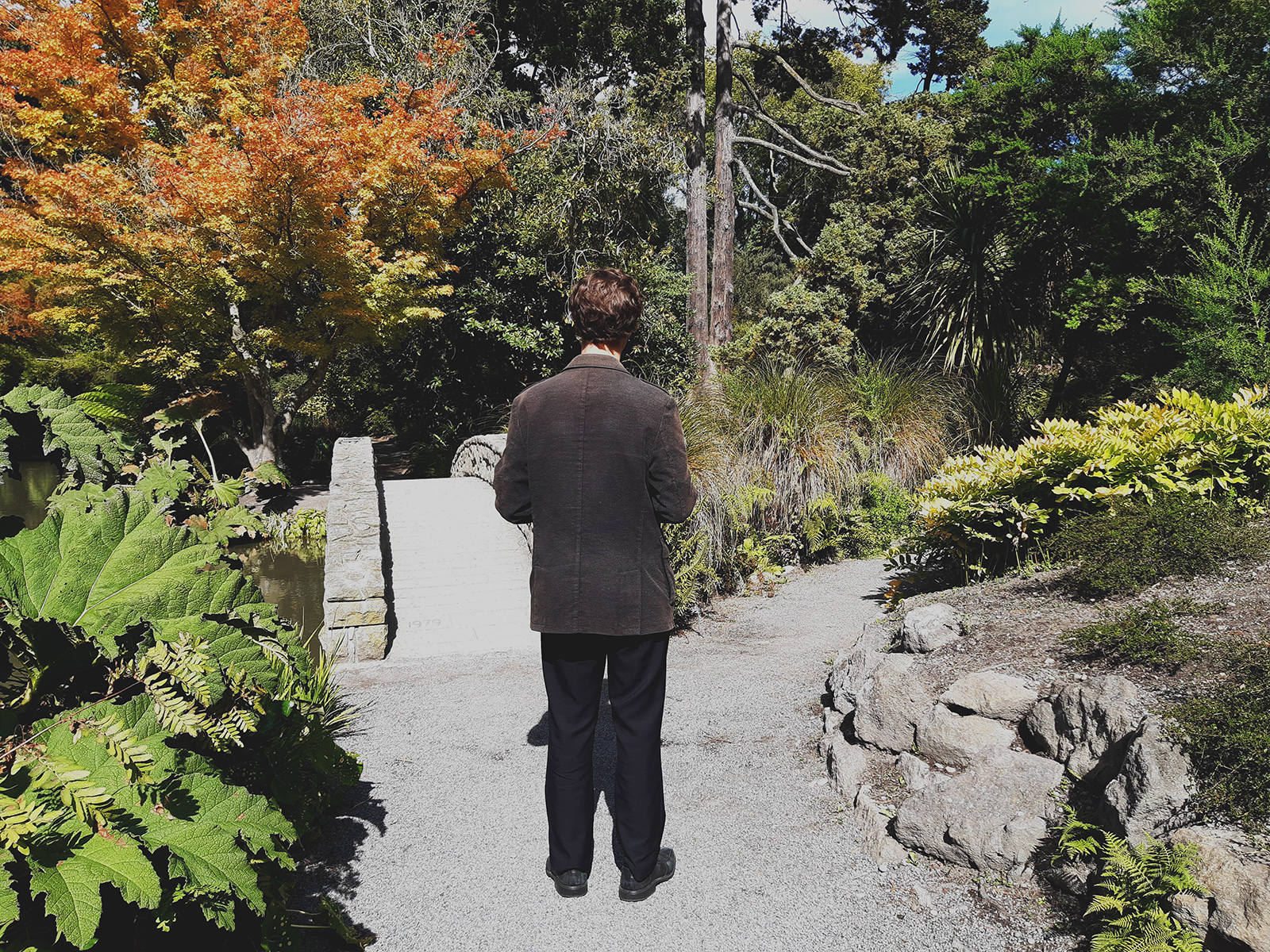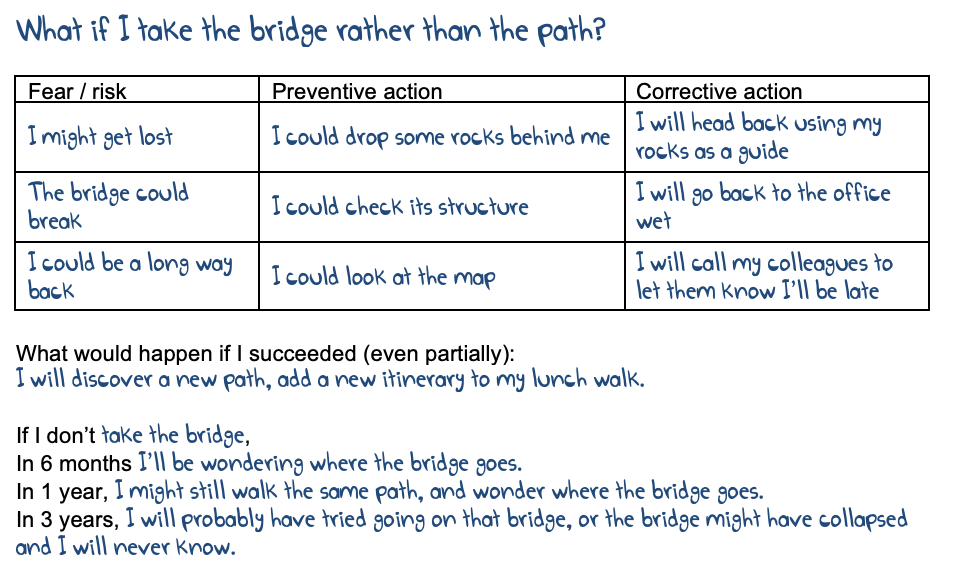Making decisions is an Art. When deciding feels hard, the “what if” tool can guide you to gather information and provide a more coherent view.
This is a tool I generally use in coaching. It helps when someone is faced with a making difficult decision.

Lately I also used it in a group setting. A first time when we had to decide on Go live decision and had two camps disagreeing. The second time I used it with a group to determine a project priority. This decision-making tool is based on Stoicism, a Greek school of thought from the3rd century BC. It focuses on what we control. This is an excellent technique to improve communication and avoid the Abilene Paradox.
Let’s look at how it works and how it can help you make better decisions in a business context. Here’s a template.
What if: a strong decision making methodology
Step 1: Clarify your question
It should start with “What if I/we” and then state the action you are considering to take. It is usually a bold action with lots of impacts. Otherwise, you would know what to do.
Step 2: List everything that would prevent you achieving it
Why haven’t you already taken action? What’s holding you back? What are you afraid of? What’s holding you back? The objective of this step is to understand what prevents decision making.
Step 3: Focus on what is in your control
For each element you listed, look at how you could prevent or mitigate it. What preventive measure could you take to reduce your fear or the identified risk? Then think about the worst case. Even if you did what you could to reduce the risk, what if it happens? What could do, if your biggest fear came true to correct the situation? What is the corrective measure you would take if it were to happen?
Step 4: Go beyond by asking different questions
Now, think about what would happen if you succeed, even partially. This will give you a sense of the outcomes and benefits you will get if you move forward.
Then look at the opposite, what will happen if you don’t do it. Where will end up? To refine this last step, think about different timeframes: 6 months, one year, 3 years.

When does this tool support decision making?
It works best when you hesitate on moving on. A Go/NoGo decision is the most appropriate, as this tool focuses on the elements you (and your team) control to achieve the best outcome. It is especially useful when there is disagreement in the team. When you have two groups, this tool will ease conversation by focusing on the fears, risks, and actions the team can take. It is possible some members are not aware of mitigations others have in their minds. On the opposite, some team members might not even be aware of some risks. By bringing the decision making process in a structured way, emotions can be worked out.

It can be used at any phase of the project you are in, from planning to lessons learned.
In coaching, I also use it when they are multiple options. In this case, you create one table for each of the options: what if I do A, what if I do B and what if I do C. This brings clarity on the impacts, and efforts required to succeed. It also brings in the long-term vision. That is the second thing I like in this tool. When you are so focused on the details and what happens today, that you forget about your vision, and long-term view. A decision might be attractive in the short term but hinder your long-term goals. This second approach takes longer but brings a lot of clarity to the team.
Why should you use it in a group setting?
This tool provides a structure that clarifies decision-making. In settings when members just joined the team or not everyone has the same level of information, it helps reaching consensus. With this tool, you focus discussion on risks and product rather than individuals.
Ensure everyone understand everything that was raised, even if they don’t agree. As the next steps is about looking at the preventive and corrective actions as a group. Everyone has to understand the fears, to be able to address them.
In my case, we decided not to put the tool live, as the risks outweighed the benefits, and the mitigation actions were too hard. We were not ready and spent a bit more time working before releasing it. However, this helped us understand what we needed in order to be ready.
